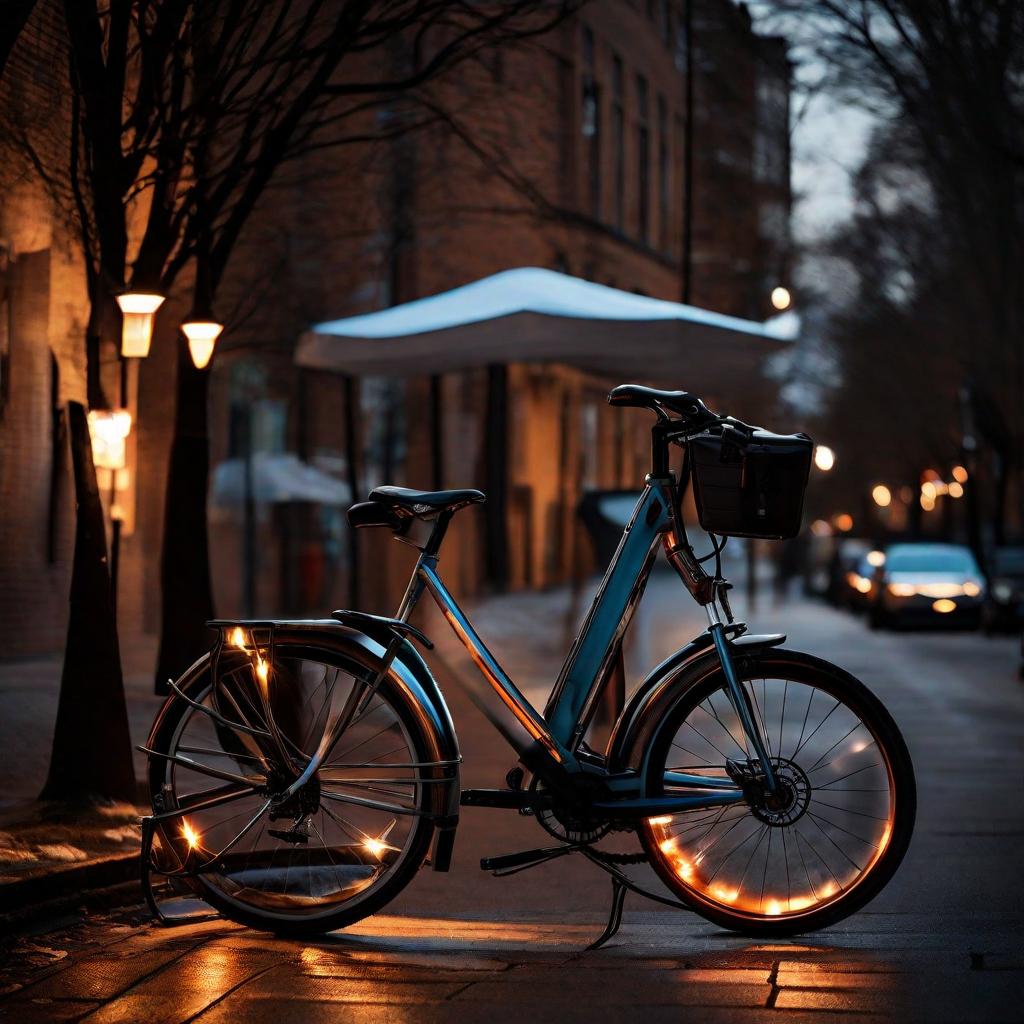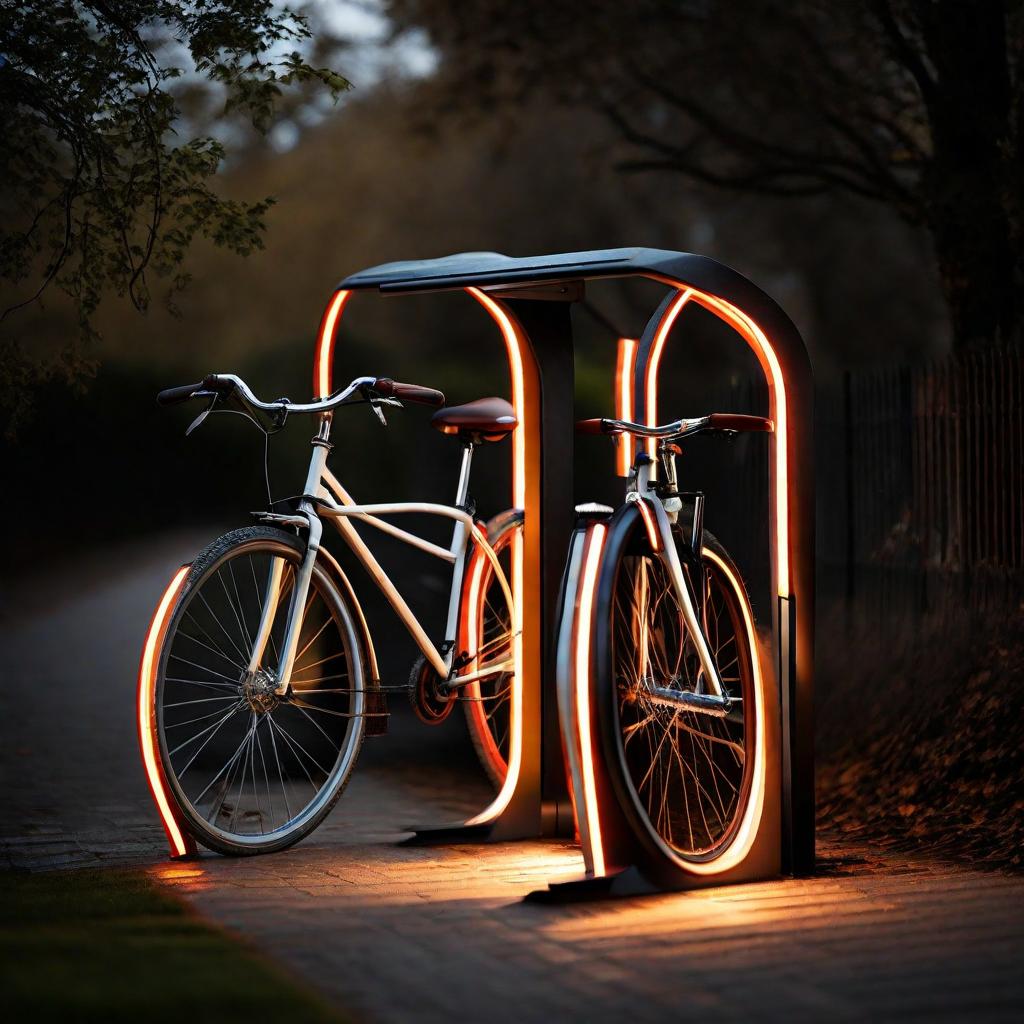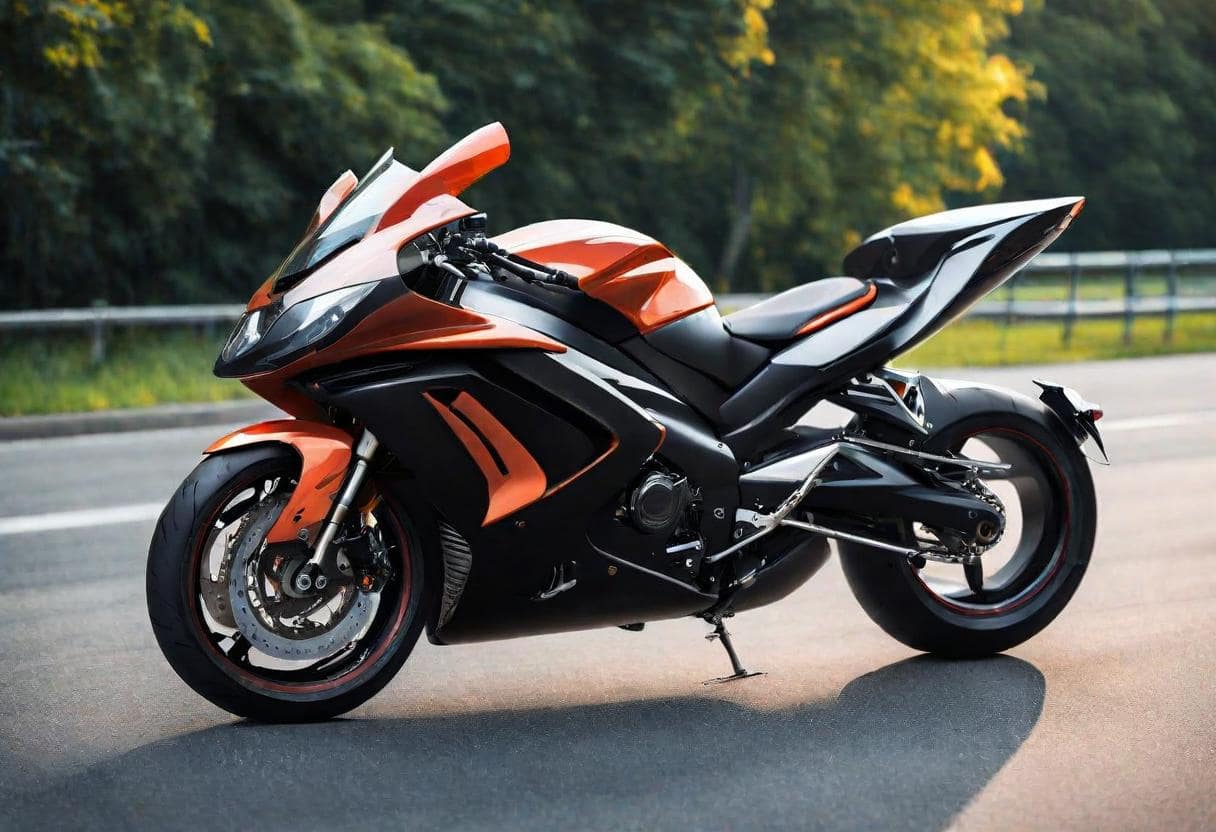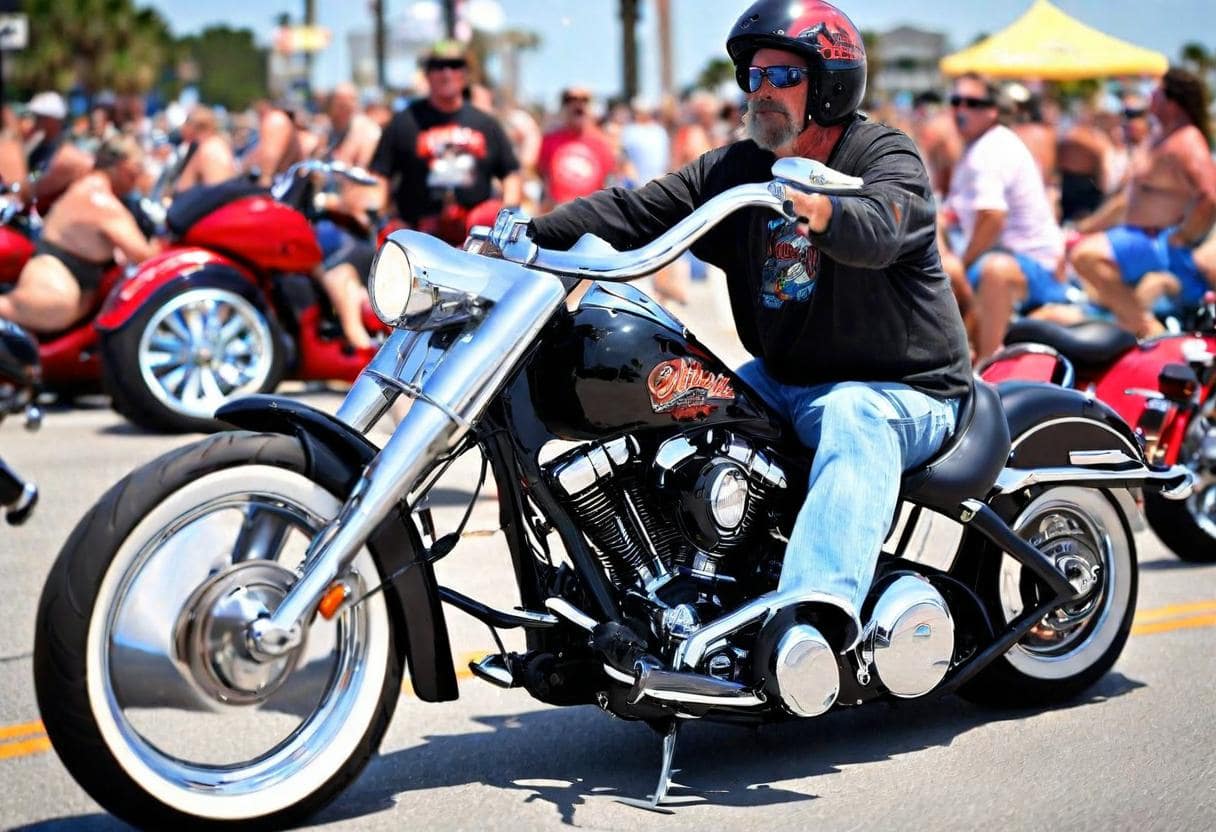Introduction to Bike Rack Lights
In the bustling world of urban commuting and recreational cycling, safety should always be a top priority. While helmets, reflective gear, and proper signaling are essential, one often overlooked safety accessory is bike rack lights. These compact yet powerful lights are designed to enhance visibility and ensure that cyclists are seen, especially in low-light conditions or busy traffic environments.
Types of Bike Rack Lights
When it comes to bike rack lights, there are several options to choose from, each with its own set of features and benefits. Rear-mounted lights are commonly attached to the back of the bike rack, providing illumination to the rear of the bicycle. Integrated rack lights are built directly into the rack itself, offering seamless functionality and aesthetics. For those who prefer versatility, removable lights can be easily attached and detached as needed.
Benefits of Using Bike Rack Lights
The advantages of incorporating bike rack lights into your cycling routine are plentiful. Firstly, these lights significantly enhance visibility, making cyclists more noticeable to motorists and pedestrians alike. This increased visibility translates to improved safety for both cyclists and motorists, reducing the risk of accidents and collisions. Additionally, using bike rack lights ensures compliance with regulations in many areas, where proper lighting is mandated for cyclists riding at night.
Key Considerations for Choosing the Right Bike Rack
Selecting the right bike rack lights requires careful consideration of various factors. Brightness and visibility are paramount, as brighter lights are more effective at catching the attention of others on the road. Mounting options should also be taken into account, with options ranging from clamp-on attachments to screw-mounted fixtures. Additionally, battery life and durability are essential factors to ensure that the lights remain functional and reliable over time.
Installation Guide for Bike Rack Lights
Installing bike rack lights is a straightforward process, but proper placement is crucial for optimal performance. Begin by selecting a suitable mounting location on the bike rack, ensuring that the lights are visible from all angles. Once the mounting location is determined, securely attach the lights using the provided hardware or straps. Finally, test the lights to ensure they are working correctly before hitting the road.
Maintenance Tips for Bike Rack Lights
To keep bike rack lights functioning optimally, regular maintenance is key. Periodically clean the lights to remove dirt, debris, and grime that can obstruct visibility. Additionally, inspect the lights for any signs of damage or wear, such as cracked casings or dimming bulbs. Replace batteries as needed to ensure consistent brightness and longevity.
Reviews of Popular Bike Rack Lights
For cyclists in search of the perfect bike rack lights, there are numerous options available on the market. Popular choices include the XYZ Rear Rack Light, known for its ultra-bright LEDs and durable construction. Another top contender is the ABC Integrated Rack Light, which seamlessly blends into the bike rack while providing reliable illumination. Both options have received rave reviews from cyclists for their performance and durability

Case Studies: Real-life Applications of Bike Rack Lights
The effectiveness of bike rack lights in enhancing safety is best demonstrated through real-life examples. Countless cyclists have experienced firsthand the benefits of using these lights, from increased visibility on busy city streets to avoiding collisions in low-light conditions. Testimonials from satisfied users highlight the positive impact that bike rack lights have had on their cycling experience, underscoring their importance as a safety accessory.
Do you need lights on bike rack?
Here’s a step-by-step guide on whether you need lights on a bike rack:
Check Local Regulations:
Start by familiarizing yourself with the regulations in your area regarding bike rack lights. Laws may vary depending on your location, so it’s essential to know what is required by law.Consider Your Riding Habits:
Think about when and where you typically ride your bike. If you frequently ride during dawn, dusk, or at night, having lights on your bike rack becomes more crucial for visibility and safety.Assess Visibility Needs:
Evaluate the visibility of your bike and rack, especially from the rear. Consider factors such as the height of the rack, the presence of any obstructive objects, and the distance from the ground. If your bike and rack are not easily visible to motorists from behind, lights can help increase visibility.Evaluate Traffic Conditions:
Think about the traffic conditions you encounter during your rides. If you often ride in busy urban areas or on roads with fast-moving vehicles, having lights on your bike rack can make you more noticeable to drivers, reducing the risk of accidents.Consider Weather Conditions:
Take into account the weather conditions you may encounter while riding. In low-light conditions, such as fog, rain, or overcast days, having lights on your bike rack can improve visibility, making you more visible to other road users.Assess Personal Safety:
Reflect on your commitment to personal safety while riding. Even if bike rack lights are not legally required in your area, investing in them can provide an extra layer of safety and peace of mind, especially when riding in challenging conditions.Consult with Experts:
If you’re unsure whether you need lights on your bike rack, consider consulting with bike safety experts or experienced cyclists. They can offer valuable insights from their expertise and practical knowledge.Make an Informed Decision:
Based on the information gathered, make an informed decision about whether you need lights on your bike rack. Prioritize your safety and the safety of others on the road when making your decision.
Do you need lights on bike rack?
Here’s a step-by-step guide to help you determine whether you need a lighting board with a bike rack:
Understand Legal Requirements:
Begin by researching the legal requirements in your region regarding bike rack setups. Some jurisdictions mandate the use of lighting boards when transporting bikes on a rack, especially if the rack obscures the vehicle’s lights or license plate.Check Manufacturer Guidelines:
Review the manufacturer guidelines and specifications for your bike rack. Some bike rack manufacturers may recommend or provide optional lighting boards to ensure compliance with local regulations and enhance safety.Assess Visibility:
Evaluate the visibility of your vehicle’s lights and license plate when the bike rack is installed. If the rack partially or fully obstructs the vehicle’s lights or license plate, adding a lighting board becomes necessary to maintain visibility and comply with road safety regulations.Consider Transporting Bikes at Night:
If you anticipate transporting bikes during nighttime hours or in low-light conditions, having a lighting board becomes even more critical. Proper lighting ensures that your vehicle remains visible to other road users, reducing the risk of accidents.Check State or Provincial Laws:
In addition to national regulations, be aware of any specific state or provincial laws regarding bike rack setups. Some regions may have additional requirements or exemptions based on local traffic laws.Evaluate Safety Concerns:
Think about the potential safety implications of not using a lighting board with your bike rack. If the lack of proper lighting compromises visibility or increases the likelihood of accidents, investing in a lighting board becomes a prudent decision to prioritize safety.Consult with Experts:
If you’re unsure whether you need a lighting board with your bike rack, consider seeking advice from bike rack experts, automotive professionals, or local authorities responsible for road safety regulations. They can provide guidance based on their knowledge and expertise.Make an Informed Decision:
Based on the information gathered and your circumstances, make an informed decision about whether you need a lighting board with your bike rack. Prioritize compliance with regulations and safety considerations to ensure a safe and hassle-free transportation experience.
By following these steps, you can determine whether a lighting board is necessary for your bike rack setup, ensuring compliance with regulations and enhancing safety while transporting bikes.
Conclusion
In conclusion, bike rack lights are an indispensable accessory for cyclists looking to prioritize safety on the road. By enhancing visibility and ensuring compliance with regulations, these lights play a crucial role in reducing the risk of accidents and collisions. Whether commuting to work or embarking on a leisurely ride, illuminating your journey with bike rack lights is a simple yet effective way to stay safe and visible on the road.
FAQs
Which light is best for bike?
The best light for a bike depends on various factors such as intended use, budget, and personal preferences. However, some popular options include LED lights due to their brightness, energy efficiency, and durability. Additionally, consider features like adjustable brightness settings, rechargeable batteries, and water resistance when choosing a bike light.
What kind of bike light should I use?
The type of bike light you should use depends on your specific needs and riding conditions. For urban commuting or riding on well-lit streets, a front and rear light set with moderate brightness may suffice. However, for nighttime or off-road cycling, consider investing in powerful front lights with a wide beam pattern for better visibility, along with bright rear lights to ensure you’re seen from behind. Additionally, consider adding side visibility lights or reflective accessories for enhanced safety
What are the disadvantages of bike racks?
While bike racks offer a convenient way to transport bicycles, they also come with some disadvantages. Some common drawbacks of bike racks include:
- Limited access to the vehicle’s trunk or rear hatch when the rack is installed.
- Potential for damage to the vehicle’s paint or bodywork, especially if the rack is not installed properly or if bikes are not securely fastened.
- Increased wind resistance and reduced fuel efficiency, particularly with roof-mounted or rear-mounted racks.
- Risk of theft or damage to bikes when left unattended on the rack, especially in public areas or during extended stops.
- The need to lift heavy bikes onto roof-mounted racks or secure them onto rear-mounted racks, which can be challenging for some users.
Is it OK to leave bike rack on car?
Leaving a bike rack on a car when not in use is generally safe, but there are a few considerations to keep in mind. Firstly, ensure that the bike rack is securely attached to the vehicle according to the manufacturer’s instructions to prevent any risk of it coming loose while driving. Additionally, be mindful of the added height or width that the bike rack may contribute to the vehicle’s dimensions, especially when entering low-clearance areas or tight spaces. Lastly, periodically inspect the bike rack and its components for any signs of wear or damage, and remove it if it interferes with the vehicle’s aesthetics or functionality when not in use.







